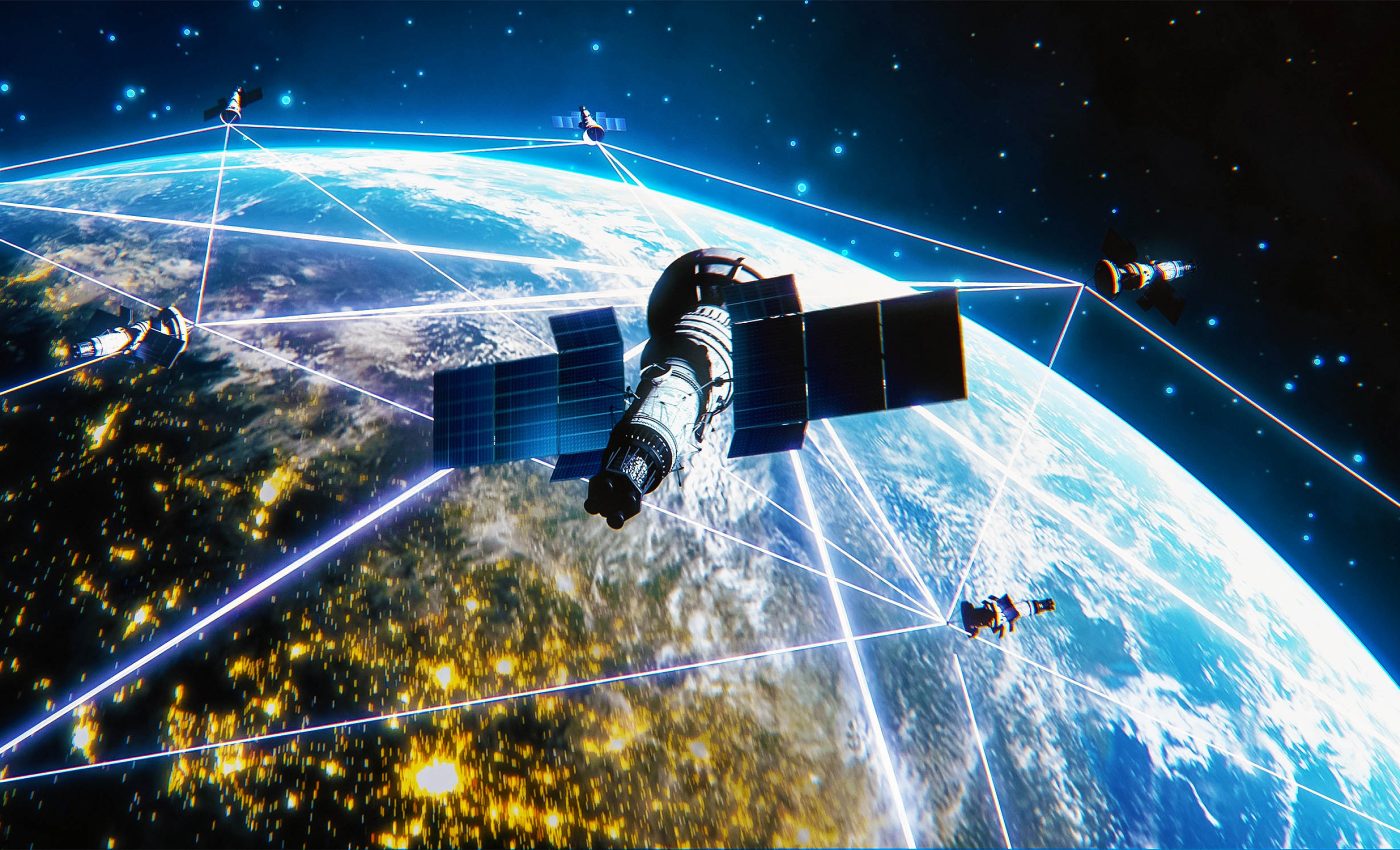
Space-based data centers could transform satellite capabilities
Space-based data centers are poised to revolutionize how we manage and process satellite-generated information.
As the number of entities operating in orbit continues to rise, and the quantity of data collected by satellites surges, the challenge of efficiently transmitting this data from space to Earth becomes more pressing.
But what if the data processing could happen in space itself? This is the potentially game-changing idea being explored by IBM, KP Labs, and the European Space Agency (ESA).
Forecasting the future of technology
The thought of space-based data centers is a bold concept requiring the foresight to navigate the future of technology. The collection of data from space remains a crucial part of space activities, expanding our knowledge beyond earthly confines.
Typically, this data is gathered by satellites, then transmitted to the ground for processing, in order to draw new conclusions.
Yet, the transmission of data, especially large quantities, presents its own set of challenges that when mitigated could dramatically improve our capabilities in space.
Reflecting on this, the team began to question the potential uses of advanced technologies, like increasingly powerful data-processing units and image processing components, on-board satellites.
Future of space-based data
An interesting idea was conceived: What if, in the near future, massive computing and artificial intelligence become pivotal elements of the satellite space ecosystem?
This would mean that the need for downloading raw data could be reduced, and instead, data processing could take place in space, sending only the final results to Earth.
“It has been a visionary project,” noted ESA Earth Observation Data Scientist, Nicolas Longépé, who led the project. “We tried to predict how technology will be in 10 years to make space data centres reality.”
Space-based data transmission latency
One of the primary obstacles is latency – the time taken to send data from space to Earth. As Nicolas further explains, the need for a fast response, especially in case of natural events, urges a reduction in this time.
The concept of space-based data centers could mitigate the challenges associated with data transmission and decrease latency.
Instead of sending raw data back to Earth, satellites would send it to other satellites serving as data centers. Here, data would be processed and only the most relevant insights sent back to Earth.
Evolution of this technology
While space-based data centers could become a reality in the next couple of decades, we are left with a burning question: How will technology evolve in the next 10 years? This uncertainty was one of the main challenges faced by the project team.
Nicolas explained the constraints they had to consider, “satellites have to be small, compatible with radiation, and thermal dissipation, or with power constraints.”
So the team was tasked with imagining how they could integrate the most suitable technologies to have the most impactful data-processing capabilities on board a Space Data Center.
Three possible scenarios
To truly delve into this visionary concept, the team explored three different potential scenarios.
The first involved two satellites in the same orbit, with one serving as a data collector and the other as a space data center.
In the second scenario, data from a Low Earth orbit satellite would be transferred to a geostationary space data center.
Lastly, they imagined a lunar lander functioning as a space data center, gathering, processing and storing exploration data, sending only key findings back to Earth.
Implications of space-based data centers
In their research, the team sought to understand the technical and economic challenges of space-based data centers and pinpoint the required key technologies.
They developed a simulation tool to assess progress over time, incorporating predicted advancements in technology and adjusting features according to different requirements.
The potential of processing and storing data in space is incredibly promising and exciting.
As we look to the future, and the possible reality of space-based data centers, our understanding of the universe may be on the verge of an enormous leap forward.
—–
Like what you read? Subscribe to our newsletter for engaging articles, exclusive content, and the latest updates.
Check us out on EarthSnap, a free app brought to you by Eric Ralls and Earth.com.
—–













